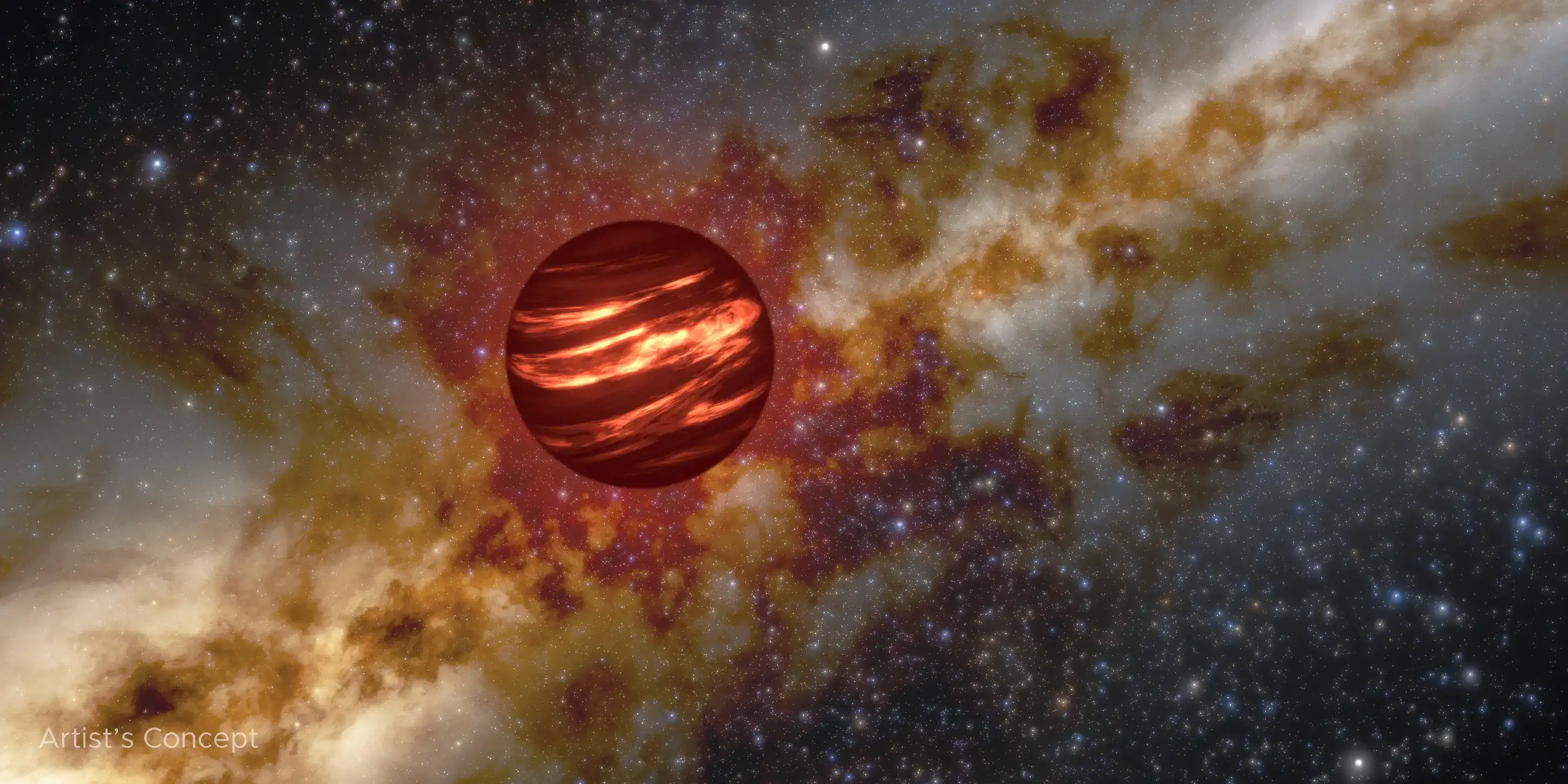Not a mistake, just a happy accident 🌌
The Discovery:
A citizen scientist browsing through data from NASA’s retired NEOWISE space telescope stumbled upon an unusual object in 2020 — a strange brown dwarf, a type of object that is neither a planet nor a star.
Because its properties were so unusual, astronomers nicknamed it “The Accident.”
Why It Matters:
The James Webb Space Telescope (JWST) later examined this object and detected something scientists had never seen before in a planetary atmosphere:
Silane (SiH₄) — a molecule made of silicon and hydrogen
This is a big deal, because silane has never been detected in the atmospheres of Jupiter, Saturn, or other giant planets — even though silicon itself is one of the most common elements in the universe.
So why here, and not there?
On Jupiter & Saturn:
Silicon likely bonded with oxygen
This forms silicon oxides (like quartz)
These heavier particles sink deep below the visible clouds
Which makes silicon invisible to telescopes and probes
But in The Accident:
It likely formed 10–13 billion years ago
At that time, the universe had very little oxygen
So silicon bonded instead with hydrogen
Creating silane, which remained in the atmosphere
What This Tells Us:
The chemistry of planets depends heavily on when and where they formed
A lack of oxygen in the early universe allowed silane to form more easily
In later eras, oxygen became common and disrupted that chemistry
In Simple Words:
Silicon is there on Jupiter and Saturn — but it’s hidden.
The Accident formed so early in the universe that silicon bonded with hydrogen instead, making a molecule we can see.
Conclusion:
This discovery shows how timing and environment shape the chemistry of worlds — and how even a “happy accident” can help rewrite what we know about the cosmos. 🌌✨
#spacewonder #cosmicmystery #deepspace #stellarscience #astrofacts #astronomycommunity #sciencedaily #spacetalk #cosmicjourney #universeexplained

 News Feed
News Feed  Albums
Albums  Popular Posts
Popular Posts  Memories
Memories  Pokes
Pokes  Blog
Blog  Market
Market  Directory
Directory  Events
Events  Games
Games  Jobs
Jobs  Offers
Offers  Find friends
Find friends  Common Things
Common Things  Fundings
Fundings 

